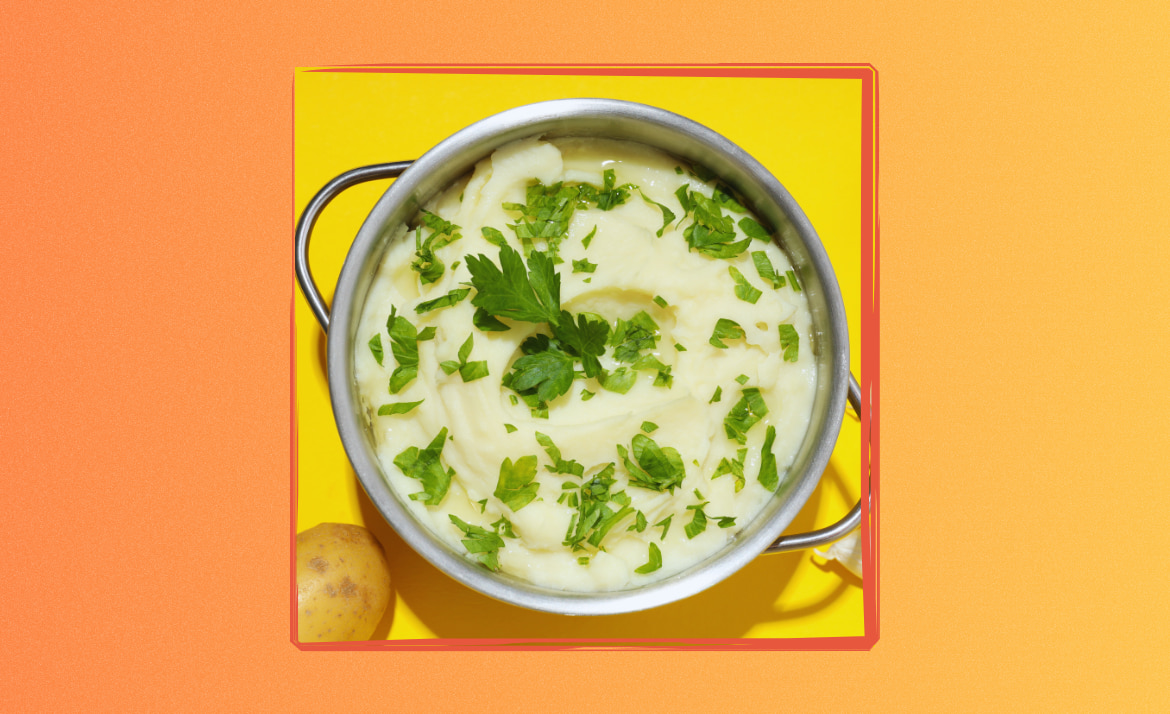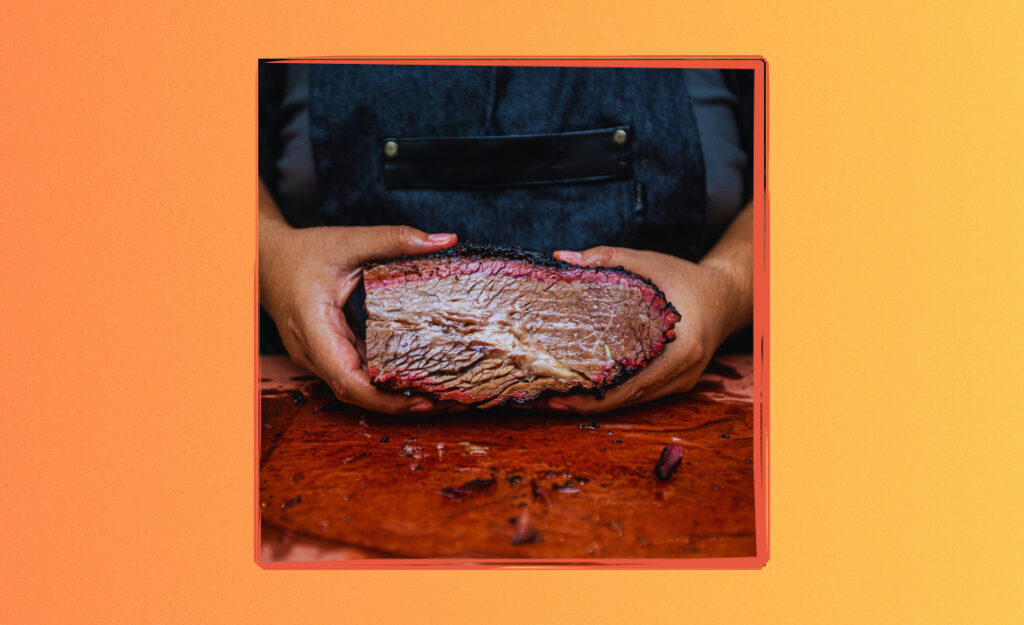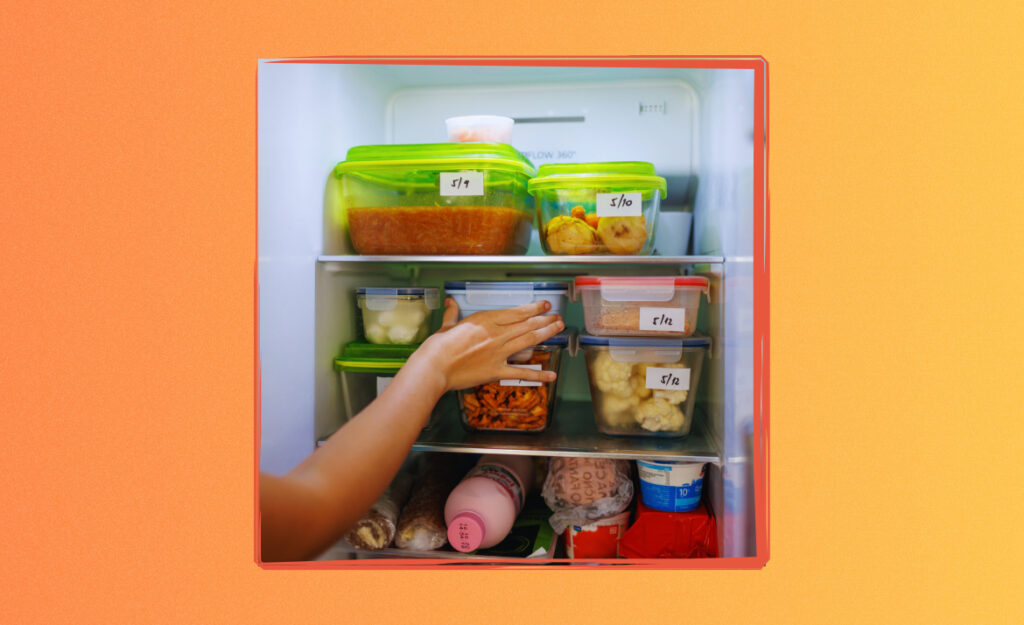
Pressing that rice cooker button or standing over a simmering pot shouldn’t feel suspenseful. Cooking rice tips can take simple grains from gummy to perfect, setting up flawless meals every time. There’s genuine satisfaction in seeing each grain stand apart—soft, never mushy.
Rice plays a central role in countless recipes, so knowing how to prepare it well transforms everything from weekday stir-fries to special family dinners. Getting reliable rice, batch after batch, means meals come together faster—and taste better—no matter what’s on the menu.
If you’ve battled clumpy, underdone, or overcooked rice, this article lays out step-by-step solutions. Each section provides practical, real-world strategies and troubleshooting to help anyone master fluffy rice at home.

Creamy Mashed Potatoes Made the Easy Way
This easy guide covers potato types, mixing secrets, dairy choices, perfect make-ahead tricks, and tasty tricks for using up leftovers.Choosing the Right Rice: Upgrade Every Bite by Tailoring Your Grain
Selecting rice starts the process—decide based on texture, aroma, and the meal’s needs. Short-grain, long-grain, aromatic, or wild: each behaves differently and changes the final result.
Keep a few rice varieties in your pantry so you always have the right one on hand for any dish. Basmati gives pilafs their signature fluff; sushi rice turns sticky, ideal for rolls.
Understanding Texture Goals for Various Dishes
If you’re aiming for fried rice, long-grain options like jasmine or basmati yield separate, dry grains. Sticky rice, on the other hand, needs high-amylopectin short grain for classic cohesion.
Picture risotto—that creamy, spoonable texture demands starchy varieties such as arborio, which release enough starch to bind the broth without becoming gluey. Cooking rice tips begin with matching the correct grain.
For everyday side dishes, standard long-grain white rice stands out for its versatility. It adapts to many cuisines and soaks up sauces beautifully, never overpowering the main flavors.
Scented & Whole-Grain Options for Texture and Nutrition
Brown rice and wild rice mixtures bring nuttiness, chewier bites, and more fiber. They take longer to cook but reward patience with hearty flavor. Parboiled rice, also called converted rice, delivers sturdy grains in casseroles or jambalaya.
Aromatic rice varieties—think jasmine or basmati—add complexity to basic meals with their fragrant scent. These are especially good alongside grilled meats or rich curries, emphasizing subtle floral notes.
Mixing up your rice routine every few weeks introduces new textures and keeps familiar meals exciting. Try rotating through different kinds for cooking rice tips that apply year-round.
| Rice Type | Texture | Best Use | Takeaway Action |
|---|---|---|---|
| Long-Grain White | Fluffy, dry | Fried rice, as a side | Stock up for flexible recipes |
| Short-Grain | Sticky, clumpy | Sushi, rice balls | Buy for sushi or desserts |
| Basmati | Light, aromatic | Indian pilafs | Use for curries and biryani |
| Brown Rice | Chewy, hearty | Grain bowls, salads | Soak/chill for faster cooking |
| Wild Rice | Nutty, firm | Pilafs, stuffing | Add for texture and nutrition |
Preparation Rituals: Every Step Sets Up Fluffier Rice
Start strong by washing your rice. Removing excess starch guarantees grains won’t stick together. Pour cold water over the rice, swirl, and drain until the water runs nearly clear.
Soaking some types, especially basmati or brown, leads to better texture and speeds up cooking. Let your rice sit in water for 20 to 30 minutes for best absorption before heating.
Key Reminders Before Cooking
Measure rice and water accurately. The classic rule: one cup of long-grain rice to two cups liquid. For short-grain, reduce the water a little—aim for a drier finish.
- Rinse rice under cold water until runoff is mostly clear for reduced stickiness and better flavor, especially for rice served plain or in salads.
- Soak basmati or brown rice for 20-30 minutes to promote fluffiness. This step supports faster, more even cooking for thicker or aromatic varieties.
- Pilot the correct water-rice ratio—never eyeball. Measuring ensures consistent results, particularly when making unfamiliar types or doubling a batch for company.
- Add salt at the right time, by dissolving it in the cooking water, to flavor each grain evenly instead of tossing it in at the table.
- Let the rice drain in a mesh strainer, not a bowl, to avoid reabsorbing excess moisture, which can cause sloppiness once cooked.
Skipping these setup steps leads to clumpy, flavorless mush or tough grains—tiny rituals make for flawless results with any rice.
Moisture Management for Consistency
After preparing your rice, check the weather: humid days may require slightly less water, while arid conditions use a touch more. Adjust for your local climate and altitude.
- Halve the soaking time if you’re short on time for quick meals, but never skip the rinse unless you’re after extra stickiness.
- Try parboiling hard or unpolished grains like red or black rice, which speeds up the final simmer and ensures tenderness.
- Assess water clarity after each rinse—a good sign you’ve washed away surface starch and achieved ideal separation for fried or steamed styles.
- Store measured rice in an airtight container after prepping if you plan to cook later that day, which streamlines mealtime and avoids lost steps.
- Reserve soaking water for soups or broths—it’s rich in nutrients and adds subtle flavor if a recipe welcomes cloudiness.
Getting these foundation steps right builds habits for flawless rice, whether making little side portions or pots for gatherings.
Simmering Strategies: Nailing Timing and Temperature Controls
Consistent, gentle heat produces even grains. Start with a rapid boil, then reduce to the lowest setting and tightly cover the pot with a heavy lid.
Set kitchen timers and avoid peeking—steam does the heavy lifting. Each variety uses its own timing, and opening the lid early releases precious moisture.
Signs Each Stage Is on Track
When boiling begins, listen for a steady bubbling before dropping to low. The liquid should settle into a quiet simmer, barely moving food at the surface.
During the cook, the scent shifts from raw and grassy to toasty and inviting. The lid might rattle slightly at first but should quiet quickly.
If you notice sticking or burning smells, reduce the heat immediately. Most issues at this point mean heat is creeping too high or your pot is uneven.
Why Steam Finishes the Job
Turn off the burner at the timer’s ding, but don’t lift the lid. Let the rice sit covered for 10 to 15 minutes on the hot element. Residual steam finishes the cooking gently.
This step allows trapped moisture to redistribute, so every spoonful stays fluffy. Skipping it creates raw patches or wet pools under the lid—let the steam even out.
Think of it like letting bread rest after baking; the internal process continues off heat, perfecting the texture and performance of your favorite cooking rice tips.
Fluffing & Serving: Turning Finished Rice Into a Star
Once the steaming is done, use a wide fork to fluff the rice gently. Working side-to-side, lift and separate the grains without smashing them.
Turning the rice with a fork allows trapped moisture to escape, preventing dense, sticky clumps that undermine texture. Always serve rice soon after fluffing for peak taste and temperature.
Presentation Boosts Enjoyment
Serve rice from a wide, shallow bowl for family-style meals—it cools evenly and encourages self-serve sharing. Use wet hands or a rice paddle to form compact shapes for lunchboxes or single servings.
Avoid metal utensils that can crush or compact the delicate surface of premium rice. Rice paddles or big plastic forks are ideal for smooth, intact presentation.
For decorative flair, press freshly cooked rice into small bowls and invert onto plates, creating perfectly mounded portions ready to pair with toppings or sauces.
Quick Styling Tricks for Leftover Rice
Cold rice transforms easily in stir-fries: break it up with damp hands before adding to a hot pan. This recaptures a fluffy texture fast, especially for meal prepping.
Spread leftover rice in a thin layer on a baking sheet to chill quickly before repurposing in salads or fried dishes—this keeps grains from getting rubbery or sticky.
If rice dries out in the fridge, sprinkle a tablespoon of water over it and microwave, covered, for a minute to revive the texture—a staple move among all solid cooking rice tips.
Fixing Common Issues: Straightforward Troubleshooting for Immediate Improvement
Unevenly cooked, gummy, or hard rice frustrates every cook at some point. The most reliable corrections are quick to apply, minimizing waste while preserving taste and presentation.
When grains come out underdone, return the pot to the heat, sprinkle in a few tablespoons of hot water, and steam for five more minutes. Repeat if necessary, using low heat and patience.
Rescue Techniques for Sticky or Clumpy Rice
If rice seems too wet, spread it on a baking sheet and place it in a warm oven for five to ten minutes. This evaporates excess moisture and separates grains naturally.
For super-sticky batches, rinse gently with hot water in a strainer while tossing with a fork—your rice will recover enough texture for stir-fries or savory pancakes.
In especially humid kitchens, turn on a fan near the stove to help dissipate steam more evenly, ensuring consistent moisture removal after the boil phase.
Saving Dried Out or Crunchy Rice
Dried or crunchy rice needs more hydration. Add a damp paper towel under the pot lid, then steam the rice gently for several minutes. This creates just enough moisture to plump stubborn grains.
Mix in a splash of warm broth or coconut milk if you’re reheating rice for richer dishes. This not only adds missing moisture but infuses subtle flavor at the same time.
Keep a small spray bottle filled with water beside the stove—quick mists give extra insurance against over-drying when troubleshooting tricky recipes or when multitasking.
Rice as Meal Foundation: Customizing for Cuisine and Creativity
Rice steps into the spotlight as more than a side when seasoned, paired with herbs, or layered beneath saucy mains. Small adjustments turn it into the main attraction or the bedrock of creative grain bowls.
Explore international spins: dress hot rice with sesame oil for a Korean bibimbap feel, or stir in coconut milk with lime zest for a tropical island effect.
Infusing Flavor as You Cook
Simmer rice with a crushed garlic clove, a cinnamon stick, or bay leaf for aromatic undertones. For salads, cook in vegetable or chicken broth instead of water to introduce complexity from the start.
Try saffron, turmeric, or fresh ginger for color and fragrance—these additions transform plain grains into a stand-alone dish. Cooking rice tips rooted in global traditions help unlock endless variety.
Let rice cool to room temperature for cold salads or picnic fare; this texture holds up well under light vinaigrettes and garden vegetables. The contrast is both refreshing and filling.
Structuring Bowls and Layered Plates
Anchor a vibrant meal by starting with a scoop of rice, topped with roasted vegetables and grilled protein. Splash with sauce or dressings right before serving for restaurant-quality taste at home.
For burritos or wraps, press warm rice into a thin layer to hold fillings together and keep everything moist. This trick elevates tacos and Mediterranean-style pitas as well.
Revisit leftovers the next morning by crisping day-old rice with eggs, green onions, and leftover meat for satisfying, speedy breakfasts—the original one-pan comfort food.
Everyday Checklists: Streamlining Each Step for Reliable Wins
Use checklists to skip guesswork and turn new habits into second nature. Start each rice-making session with a quick scan of necessary tools and ingredients, just like a chef setting up their workspace.
- Gather all rice, water, strainer, and measuring cups before you start the faucet; this helps avoid distractions or missteps halfway through cooking.
- Review the recipe instructions or packaging for each new type of rice. Different grains need different care—no two batches respond the same way to heat and water.
- Set a timer for every major phase: soaking, simmering, and resting post-cook. This removes uncertainty and frees you up for meal prep or side dishes while the rice cooks.
- Prep serving tools—rice paddle, bowls, and wide utensils—while rice is simmering. Your workflow improves and plating looks cleaner right off the stove.
- Always taste a small spoonful before serving, and adjust with fresh herbs, salt, or extra liquid if needed. Finishing touches make good rice great.
Reliable steps reduce surprises and keep cooking rice tips easy to follow. After a few tries, these routines become quick, almost automatic.
Reliable Results, Meal After Meal: Making Rice Cooking Effortless and Enjoyable
As you integrate small changes—like washing, measuring, and steaming—cooking rice tips evolve from theory to habit. Each step removes uncertainty, so rice becomes a dependable building block for meal creativity at any scale.
Rice is a blank canvas for flavors, from subtle broths to bold spices. Preparing it well inspires more confidence in both simple weeknight dinners and elaborate celebrations that gather everyone around the table.
Carry these practical tips into every batch—adjusting for climate, experimenting with seasonings, and embracing troubleshooting. Soon, you’ll find yourself making perfect, fluffy rice without a second thought.
Frequently Asked Questions
How can I avoid soggy rice every time?
Drain off any standing water after rinsing, use the correct water-to-rice ratio, and let the rice stand off heat, covered, for 10 minutes. This steams out excess water for dry, fluffy results every time.
My rice is always too sticky when I make it for fried rice. What should I fix?
Wash your rice in several changes of water before cooking. Let it cool and dry thoroughly, then refrigerate overnight. Cold, day-old rice is easier to separate in the pan.
What’s a quick rescue for undercooked rice with a crunchy center?
If the rice is still on the stove, sprinkle 2-3 tablespoons of water over the grains, cover, and steam on low heat for another 5 minutes. Repeat as needed for softness without mushiness.
When should I add flavor—before, during, or after cooking rice?
Adding flavor is flexible. Simmer with aromatics or broth for deep flavor. Finish with fresh herbs or zest just before serving for brightness. Adjust salt and add-ins to match the recipe style.
How do I keep leftovers from getting hard or dry in the fridge?
Cool leftover rice quickly and seal tightly. To reheat, add a sprinkle of water and cover before microwaving. This restores moisture without turning the grains gummy or flat.



